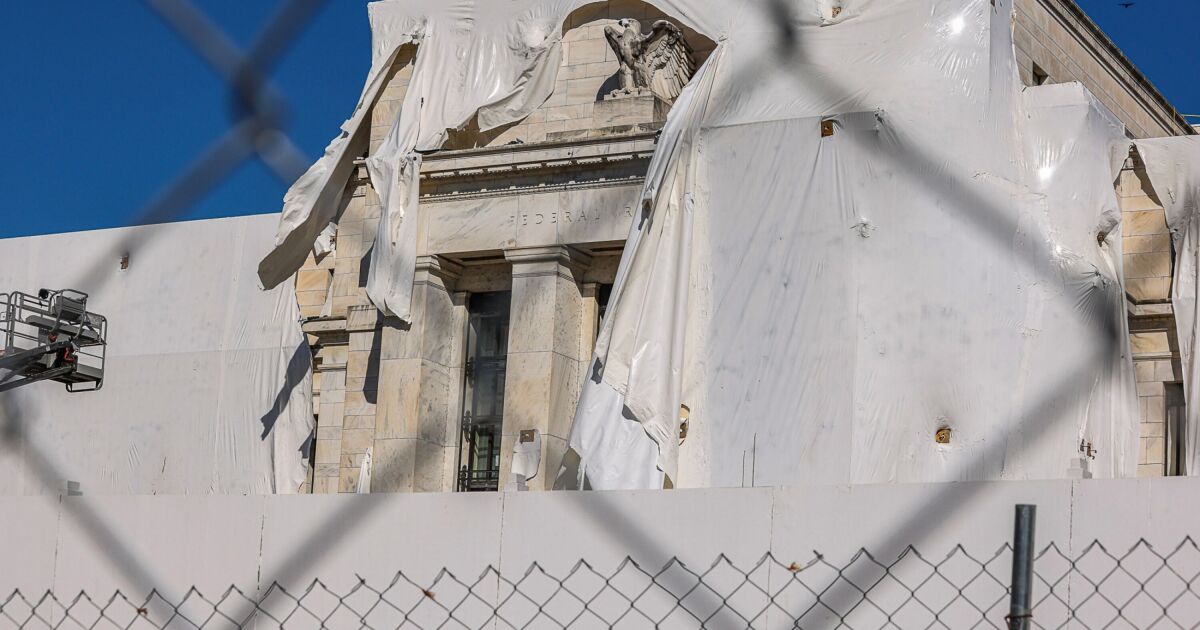
The Federal Reserve will need to start hitting the brakes
For the past 18 months, the Fed has been letting Treasuries of up to $60 billion and agency debt holdings of up to $35 billion mature every month. A more cautious approach could lead the central bank to slow the pace of quantitative tightening or QT after the Fed's June gathering with the central bank then reducing the monthly cap for Treasuries allowed to run-off to $30 billion in the third quarter of 2024, the research firm's economist Lou Crandall said. The unwind of mortgage-backed securities he expects will continue at the current pace for the time being.
Fed policymakers consider bank reserves — currently $3.5 trillion — to be abundant. Yet a confluence of factors — from month-end funding pressures to
"The stylized balance sheet scenarios discussed by the Fed over the past couple of years have assumed that normal dynamics would tend to erode the supply of reserves over time," Crandall wrote in a note to clients Monday. "However, very little about the Fed's balance sheet or about front-end dynamics is normal right now."
Even before last week's sudden surge in the key benchmark rate for overnight funding markets, investors were closely watching the Fed's QT. That's because the path of the central bank's own pile of reserves is critical for the level of liquidity within the banking system more broadly — that in turn shapes the all-important money markets that companies and banks tap for financing every day.
The Fed's continued tightening has come as more than $1.2 trillion has drained from the central bank's overnight reverse repo facility — where money-market funds earn interest on excess cash — since June. RRP balances are currently $839 billion and the concern is that once the facility is empty, the Fed will have to halt QT.
That's why Wrightson
A more "gradual trajectory" of balance sheet normalization would provide the Fed greater flexibility and more time to gauge the impact of QT on money markets, according to Crandall.



